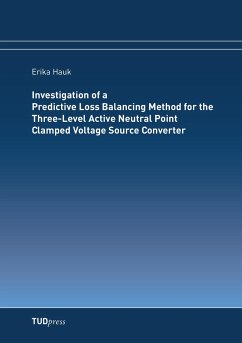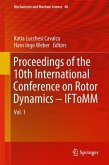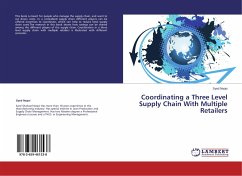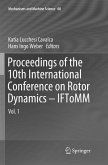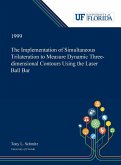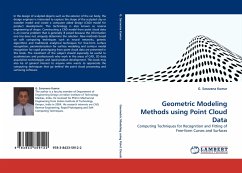Nowadays, the application of Medium Voltage (MV) drives has grown due to the increasing demand of high efficiency and energy saving in industry, traction, power generation, power transmission, and distribution. Among the MV multilevel converters available on the market, the Three-Level Neutral Point Clamped Voltage Source Converter (3L-NPC VSC) has emerged as one of the most important topologies. One important disadvantage of this topology is the unequal power loss distribution and consequently, an unsymmetrical junction temperature distribution. In order to ensure that the most stressed power switches do not exceed the maximal allowable junction temperature, the converter output power and switching frequency have to be limited. To overcome this drawback, the Three-Level Active Neutral Point Clamped Voltage Source Converter (3L-ANPC VSC) was developed. There are two different loss balancing methods evaluated in this work: the already known Active Loss Balancing (ALB) method and a new method, the predictive active loss balancing (PALB) method. The use of the balancing methods applied to the 3L-ANPC VSC present outstanding results in all critical operation points as compared to the performance of the 3L-NPC VSC. Thus, the phase current and the output power range can be increased without exceeding the thermal limitation of the semiconductors. Furthermore, the loss balancing methods reduce the junction temperature ripple and consequently, the thermo-dynamical stress of the semiconductor. Therefore, the lifetime expectancy of the semiconductors and the reliability of the converter are increased.
Bitte wählen Sie Ihr Anliegen aus.
Rechnungen
Retourenschein anfordern
Bestellstatus
Storno

